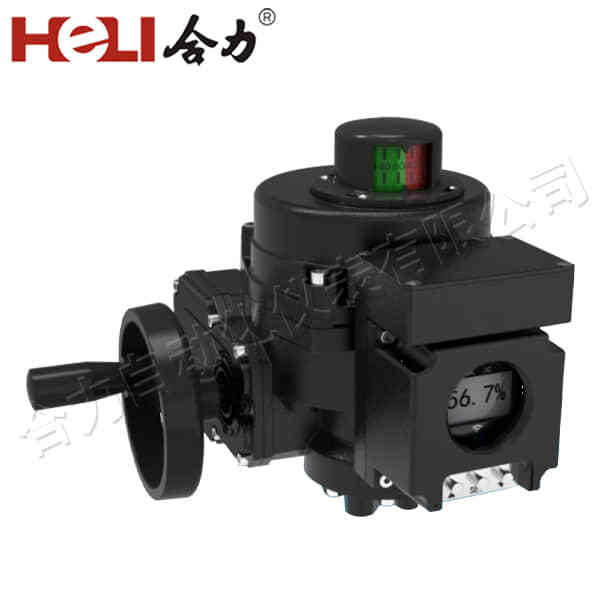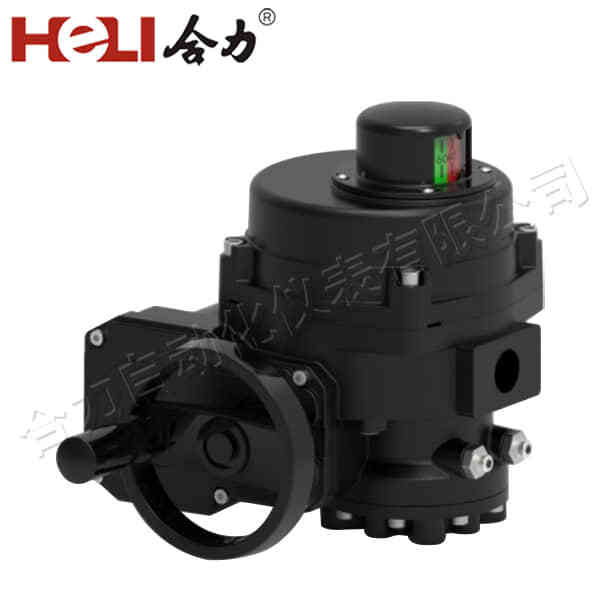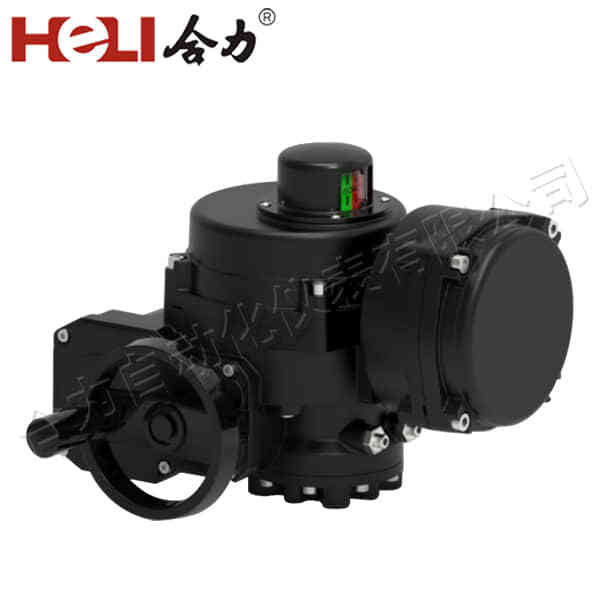Electric actuators for valves are essential components in modern industrial systems, providing automated control of valve positions. These actuators, powered by electricity, are designed to precisely open, close, or modulate valves in response to control signals. Widely used across various sectors, including manufacturing, water treatment, oil and gas, HVAC, and energy, electric actuators enhance operational efficiency, safety, and precision. This article explores the features, advantages, and applications of electric actuators for valves, highlighting their significance in automated systems.

What is an Electric Actuator for Valves?

An electric actuator for valves is an electromechanical device that uses electrical energy to control the motion of a valve. The actuator converts electrical power into mechanical motion to operate a valve, adjusting the flow of liquids, gases, or steam within a pipeline. The motion is typically controlled through a control signal from an external system, such as a programmable logic controller (PLC), which can communicate the desired valve position. This can range from fully open to fully closed or any intermediate position, depending on the requirements of the process. Key Components of Electric Actuators
